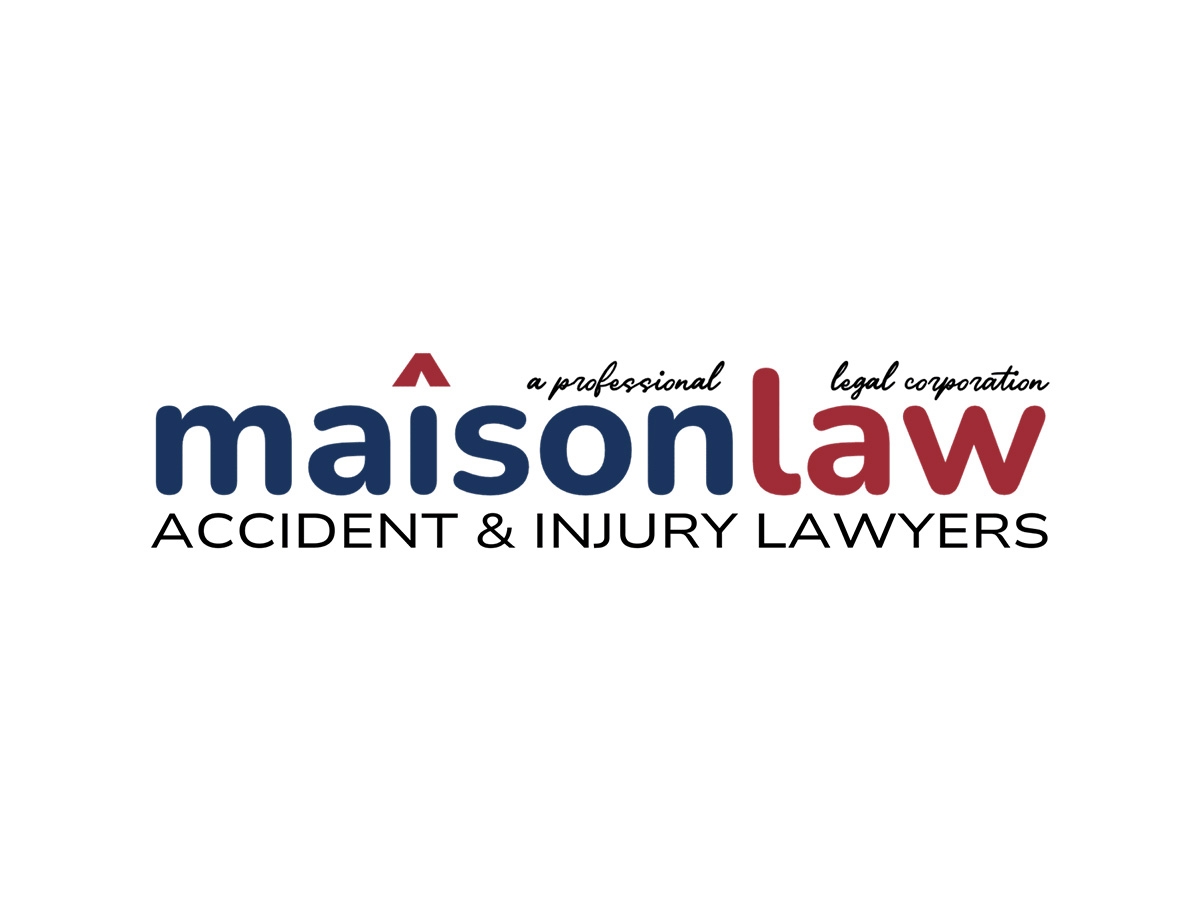According to the United States Bureau of Labor Statistics, a reported 419,000 private-sector employees in California sustained workplace injuries and illnesses in 2022. Workplace incidents in the state claimed 508 employees’ lives in 2022 in the state.
California and many other states adopted workers’ compensation laws in the 1910s to address the health and financial effects of hazardous working conditions on employees and their families. As with victims of car accidents, slips and falls, and other incidents that give rise to personal injuries, employees injured on the job can suffer fractures, traumatic brain injuries, cuts, and other injuries that render them unable to work and require medical treatment.
Below, we explain the differences between workers’ compensation claims and personal injury claims in California. This includes the basis for the types of claims, the remedies available, and how they are handled.
The Question of Fault
The negligence of the employer or employee does not factor into eligibility for an employee’s workers’ compensation benefits. An accident arising in the course and scope of employment triggers your right. Incidents that produce work-related injuries or fatalities may include:
*Traffic collisions while driving buses or delivering products
*Tripping over a cord or object in a warehouse, plant, or construction site
*Chemical spill
*Fall from a ladder while retrieving a product from a shelf or performing construction, maintenance, or repairs
*Electrocution from a faulty electrical system at a jobsite or while repairing or handling electrical system
*Lost limbs or cuts from accidents involving blades or saws
*Sudden back injury, such as a sprain, from lifting a heavy object or patient in a healthcare or assisted living facility
Occupational illnesses afford another basis for employees to obtain workers’ compensation benefits. Repetitive motions from performing the same or similar tasks or exposure to chemicals, substances, or materials lead to occupational illnesses. Examples include:
*Hearing impairment from loud noise from machines, aircraft, vehicle engines, or manufacturing devices
*Asthma or other respiratory diseases from cotton or textile dust, smoke, or chemical odors
*Tennis elbow or tendinitis from repetitive use of arms or elbows for certain tasks
*Cancers from exposure to asbestos or benzene, often used in the manufacturing of plastics, detergents, rubbers, pesticides, and drugs
An injured or ill employee may obtain benefits even if the employer followed all the applicable rules and otherwise exercised proper care. In this sense, workers’ compensation imposes a form of strict liability upon employers.=
Personal Injury Law is Normally About Fault
Personal injury law, as distinguished from workers’ compensation law, turns on whether the defendant failed to exercise “duty of care” under the particular circumstances. Such a failure constitutes negligence on the part of the prospective defendant.
Within the field of personal injury law lie automobile crashes, premises liability, and products liability. Motor vehicle negligence involves such misdeeds or omissions as speeding, running red lights or stop signs, failing to yield the right-of-way, use of smartphones while driving, and intoxicated driving. Landowners or business owners face responsibility for injuries from failing to inspect premises for or taking reasonable measures to correct hazardous conditions such as:
*Inadequate lighting
*Weak or insecure rails or steps
*Malfunctioning sprinklers or smoke alarms
Strict liability prevails when it comes to injuries from defective products. In products liability, a manufacturer faces liability for injuries resulting from defects in the design, manufacture, or warnings of products. Such defects may include equipment without safety guards, faulty electrical systems in appliances or electronics, and cars with malfunctioning brakes or airbags. Consumers may suffer harm from inadequate or incorrect safety instructions or warnings about a product’s potential dangers.
Limits to Compensation
The no-fault nature of workers’ compensation law comes with a price. Unlike personal injury plaintiffs, employees cannot get pain and suffering or other non-economic damages. Plaintiffs and their attorneys pursue these damages in personal injury suits for such items as anxiety, depression, embarrassment, post-traumatic stress, pain, and discomfort. Spouses may even sue for loss of consortium, which includes companionship, love, and affection between the spouses.
By contrast, California workers’ compensation establishes schedules and schemes for injured workers to claim benefits.
Medical compensation
Both personal injury victims and injured employees get compensation for medical treatment. However, the paths to medical care differ. In a personal injury case, the injured party arranges for appointments, hospital stays, surgical procedures, therapy, and other services without the involvement of the at-fault or opposing party or that party’s insurance company. The plaintiff’s lawyers will compile the medical records and expenses and make those a part of the demand to the insurance company or evidence at trial. Significantly, personal injury plaintiffs choose and use their own physicians
Injured employees generally obtain medical care through the employer’s workers’ compensation insurance company. A physician in the employer’s Medical Provider Network may request a particular treatment or service. Otherwise, employees’ requests for services undergo utilization review from the workers’ compensation insurer. Upon denial by the insurer or modification of treatment as requested, the employee may seek an independent medical review.
Further, employers arrange for the medical providers. An employee may use his or her own physician if that physician has been designated for workers’ compensation injuries before the accident.
Lost Wages
At least theoretically, you get a dollar-for-dollar reimbursement for lost wages due to missing work from the injury. If you receive an hourly wage, you multiply the hours missed by the hourly wage. Lost earning capacity also proceeds on a full dollar value, which depends on the totality of the circumstances and evidence to show your inability to work.
Determining lost wage benefits in workers’ compensation starts with determining the level or extent of the employee’s disability.
*Temporary Disability. As a general rule, you multiply the usual weekly wage by 2/3. You get up to 104 weeks of temporary disability payments. California law sets maximum and minimums based on the amount of your actual wages.
*Permanent Disability. Permanent disability can be total or partial. The California Department of Industrial Relations publishes a schedule of disability ratings. The extent of the permanent disability takes into account the organs or parts of the body, such as arms, legs, knees, eyes, or ears, injured in a workplace accident or occupational illness. The physician conducting the disability review also considers conditions or injuries that are preexisting or otherwise not work-related. Permanent total disability payments last the remainder of your life. Time limits apply to permanent partial disability payments.
The Exclusive Remedy?
As a general rule, the workers’ compensation system affords the exclusive remedy for employees injured in the course and scope of employment. That means you normally cannot sue your employer even if the employer negligently caused your injuries.
However, the exclusivity of the workers’ compensation remedy is not absolute.
Dual capacity
You may sue your employer for an injury caused outside of the employer-employee relationship. The dual capacity rule generally applies when the employer violates a duty to the employee not created by the employer-employee relationship. Scenarios that may trigger the exception include:
*Malpractice committed by a co-worker who is a physician or healthcare provider
*Employer manufactures a product that the employee receives from a third person
*Employee is injured on the employer’s premises, but is present as a customer or patron rather than as an employee
Fraudulent Concealment
Under Labor Code Section 3602(b)(2), an employee may bring a personal injury action against an employer for aggravating harm caused by fraudulently concealing an injury or its relationship to the job. A claim under the fraudulent concealment exception requires proof that the employer knew that the injury was caused by a workplace condition and sought to hide it. Injuries or illnesses that result from such hiding of toxic substances fall within this exception.
Willful Physical Assault
Employees may sue in court for injuries occurring due to a willful physical assault by the employer. Generally, an assault by a co-worker does not by itself trigger an exception to the exclusivity of workers’ compensation remedies. To sue the employer based on a co-employee’s physical assault, you must show that the employer directed or approved of the assault. Evidence of ratification of the co-worker’s assault might include an employer’s failure to investigate, punish, or terminate the assaulting co-worker in the view of convincing proof of the assault.




